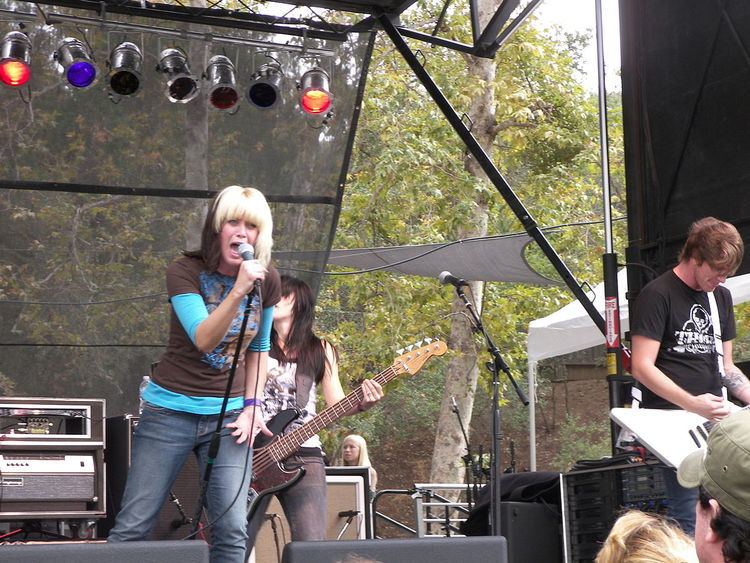Genre Songmusical | Composed 1961 (1961) to present | |
 | ||
Neues Geistliches Lied (NGL, literally: new spiritual song) is a music genre of songs in German intended for church usage, and based on contemporary lyrics and with music by contemporary composers.
Contents
History
The idea to reach young people by new songs for church services began in the 1950s. The first song in the genre was in 1955 Seigneur, mon ami by Père Duval who performed his religious chansons at the Protestant church assembly Kirchentag in 1962. Christians looked for an expression for reformation of thoughts and liturgy in the churches. The Protestant Evangelische Akademie Tutzing organized competitions, initiated by the minister for students (Studentenpfarrer) in Munich, Günther Hegele. The first competition in 1962 received 996 entries, the first prize went to "Danke" with text and music by Martin Gotthard Schneider. Musicals by Andrew Lloyd Webber, in 1968 Joseph and the Amazing Technicolor Dreamcoat and in 1970 Jesus Christ Superstar, nourished tendencies to write more new music for young people.
In 1972, Peter Janssens introduced the term Sacropop to Germany, for a fusion of sacred texts and musical styles derived from Pop and Rock. A 2001 study, presented at the Überdiözesane Fachtagung Neues Geistliches Lied reported more than 1895 choirs and bands active in the field of NGL. The songs became an established medium in services. Christoph Kießig of a Berlin band noted: "Das NGL ist eine der wenigen Stellen, an denen Jugendliche und Erwachsene nicht nur konsumieren." (The NGL is one of the few fields where adults and young people don't only consume.) René Frank wrote in 2003 that only songs that congregations like to sing in services are truly NGL ("Denn nur was sich bewährt, bleibt in den Gemeinden lebenden und wird als Neues Geistliches Lied praktiziert."). New elements compared to traditional hymns are rhythms with syncopes and stresses on the offbeat, contemporary lyrics, and melodies that can be easily learned.
Songbooks
Collections of NGL were for example in 1970 Jericho, edited by Karl Natiesta and Tom Runggaldier, and a year later in Schalom – Ökumenisches Liederbuch (Schalom – Ecumenical songbook).
Josef Mittermair published in 1979 the collection Das Lob (Praise), which tried to represent the bandwidth of spirituals with German texts, chansons by Maurice Cocagnac, Duval, Alfred Flury and Sœur Sourire, the Gen Rosso mass, the Tiroler Jugend- und Kindermessen by Raimund Kreidl, and the mass for children Pfälzer Kindermesse by Hartmut Wortmann. A 14th edition of this song book appeared in 2013.
Other song books have included
Several NGL were included in the Protestant hymnal Evangelisches Gesangbuch in 1996, including songs by Clemens Bittlinger, Oskar Gottlieb Blarr, Siegfried Fietz, Kurt Rommel, Martin Gotthard Schneider, Manfred Siebald, Peter Strauch, Dieter Trautwein, Jürgen Werth and Christoph Zehendner. The second version of the Catholic hymnal Gotteslob has included NGL in its main section from 2013.
Initiative in Limburg
The Catholic Diocese of Limburg established in 1971 a work group for church music and youth (Arbeitskreis Kirchenmusik und Jugendseelsorge im Bistum Limburg. It established means of publication to familiarize congregations and musicians with new songs. Members have included Horst Christill, Patrick Dehm, Eugen Eckert, Dietmar Fischenich, Winfried Heurich, Joachim Raabe and Peter Reulein. A new group has been dedicated especially to NGL.
The group initiated more than books for choir books and song books, including:
